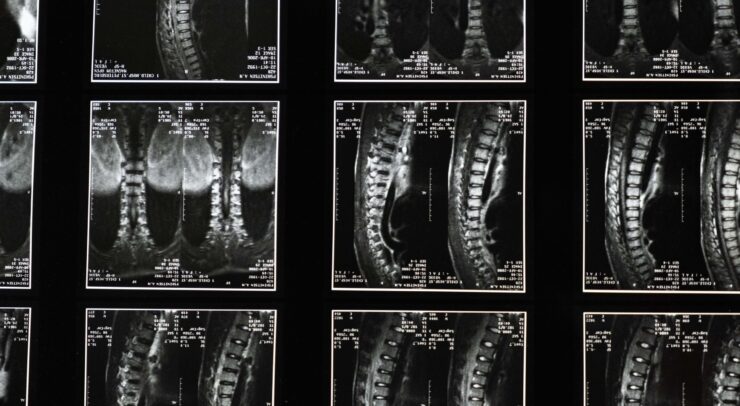Computational modelling used to mimic how zebrafish swim
On Sept 2, 2021, Tuan Bui, a professor at the University of Ottawa, published a paper titled “Modeling spinal locomotor circuits for movements in developing zebrafish.” Bui’s team at the neural motor control laboratory focuses on understanding how the nervous system and spinal cord allow us to move.
Bui explains that there are hundreds of thousands of nerve cells (or neurons) located in the human spinal cord and they are responsible for coordinating all our muscles in the body. When we want to reach for something that command originates in the brain and is then translated by the neurons and sent down to the spinal cord. These neurons can then determine which muscles they need to move to make that reaching motion occur.
In an interview with the Fulcrum, Bui explained his research involving zebrafish further.
“So, it’s very hard to study the spinal cord of a human because It’s encased in the spine which is a bony structure. Meaning that it’s also really hard to study the individual neurons within it [human spinal cord]. However, with zebrafish, none of this is an issue.”
He continued, “when a zebrafish is developing it’s transparent so under a microscope one can see the nervous system as its forming. You can also see the neurons being born and you can see them wire together to start controlling the zebrafish’s movements.”
The ability to see the development of the zebrafish’s nervous system under the microscope has provided an amazing advantage over other animal models of the spinal cord. Bui states that as the zebrafish are moving and developing at an extremely rapid rate, “within days of the egg being fertilized the zebrafish embryo and larvae begin to swim.”
The professor’s research did not use live zebrafish. Instead, the team used computational modeling using data from past papers from his lab which studied zebrafish spinal cords in addition to data sourced from other laboratories. The advantage in using data from other labs is that they were able to describe individual cell populations within the spinal cord. Meaning that a certain cell population could be found responsible for controlling the speed of swimming or how hard they swim.
“We’ve worked together to try to take all these different components of the model, and try to figure out what’s the best way to wire them together so that the model, in the end, is able to swim like a zebrafish would under a microscope,” said Bui.
He added, “so from there, we tried to see if the theories about what each individual cell may do and if it comes through in the model and then we try to see how one cell population may influence other cells. So getting a good sense of which cell population drives rhythm, or cell modulation.”
The researcher explained that as we walk and move our legs we need to coordinate the left side and right side of our body, and if we fail to do so we would simply be hopping on both legs like a kangaroo. Zebrafish coordinate their left and right side as well in order to swim forwards. The researchers involved in this study were able to identify how that coordination occurs and which cell population is responsible for maintaining tail beat. This is important because those cells responsible for beats allow animals to continually walk towards or swim towards their intended destination.
In addition to identifying novel roles of certain cell populations, researchers discovered that “as zebrafish grow, they show a transition between three different movements. Similar to how a baby learns to walk. For zebrafish at first, they do these massive body bends, but they only have a single body bent at a time and eventually, they can do two. Then if they do these little quick tail beats from one side to the other, then they can propel themselves forward.”
Bui continued, “as we tried to model more mature and skillful movements, we had to add new neurons to the mix. So we think that that kind of indicates that when we’re learning to walk, the spinal cord starts integrating more neurons to allow us to walk properly, and the wiring of these different neurons have to change to allow us to acquire new motor skills.”
The professor hopes this will guide future experiments into this particular cell population as well as determine what new changes can be correlated with a new movement and determine their role.
In the future, Bui and his team are looking forward to using mice, zebrafish, and their new found knowledge on how the spinal cord operates by applying it to treating spinal cord injury. To learn more about Bui and his research, visit his website here.





